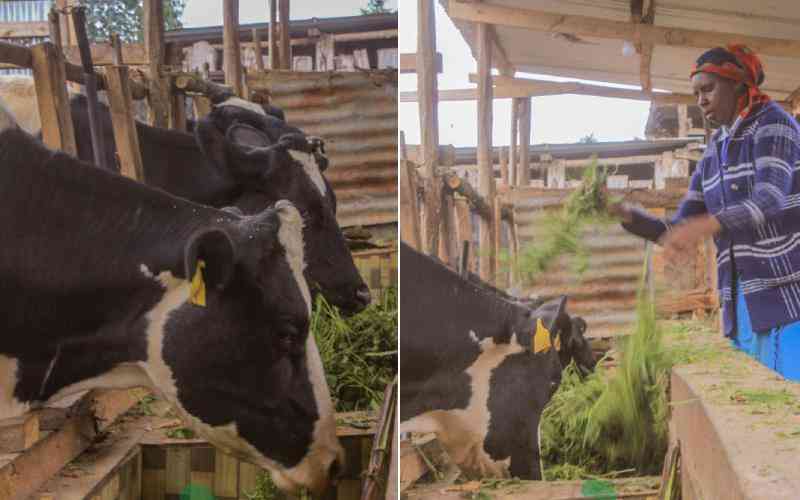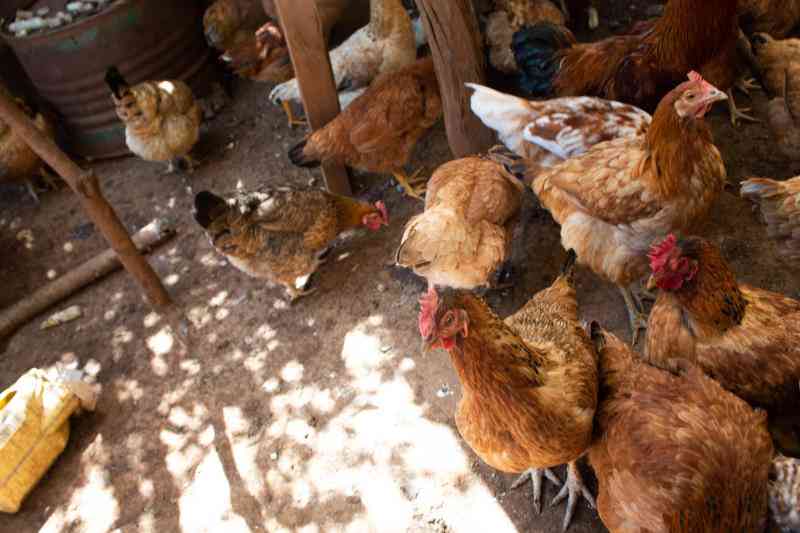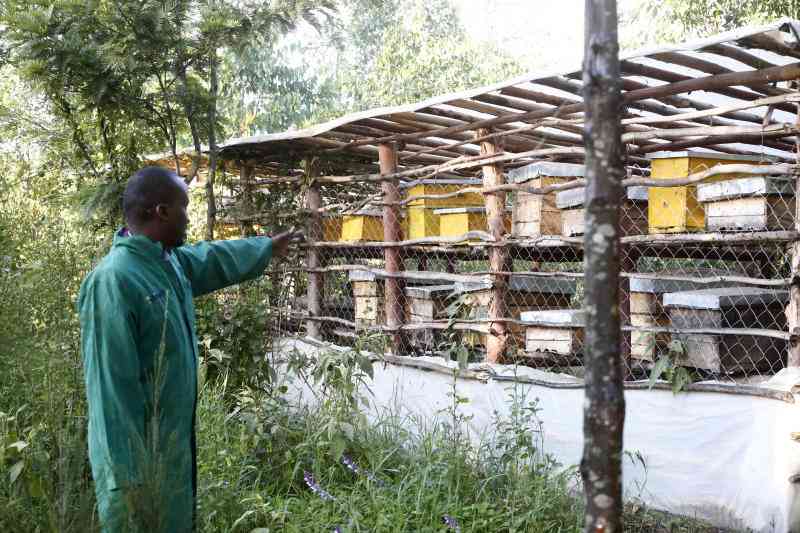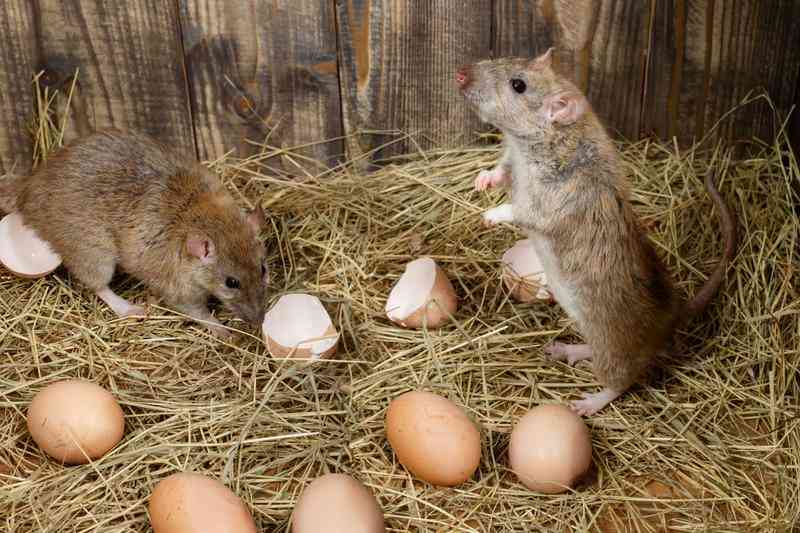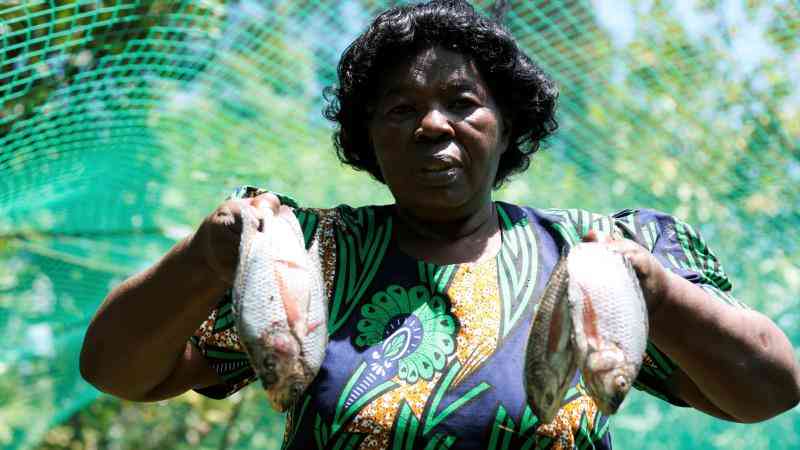
When Winnie Akinyi started growing pumpkins at her rural home in Homa Bay, her sole goal was to improve lives through quality nutrition. Through her journey, she has learnt to add value from pumpkins.
Pumpkin belongs to the genus Cucurbita and family Cucurbitaceae is grown all around the world for a variety of reasons. It is used as human food, animal feed, and for decoration purposes.
Though the flesh of different vegetables have found their way into the Indian diet from time immemorial, the seeds have almost always been discarded as waste in spite of having a great nutritive value.
Common varieties include Israel giant, Egyptian giant dollar and the Equatorial giant. Pumpkin is not to be confused with the butternut squash. They are different in shape and size.
Butternut versus pumpkin
Butternut squash contains slightly more vitamins A and C compared to pumpkin and twice as much iron. It is also a good source of magnesium, Vitamin E and potassium.
Compared to pumpkin, it is higher in calories and complex carbs and contains more than twice the amount of dietary fibre, according to Healthline.com.
Pumpkins attain physiological maturity at approximately five to six months from planting date. It is at this stage that they are commonly considered palatable and highly nutritious.
According to Kenya Agriculture and Livestock Research Organisation (Kalro), pumpkins easily deteriorate in quality and if not handled properly after harvesting and lead to between 20 to 45 per cent post harvest losses.
If adequate plans have not been made for preservation, farmers dispose what they produce immediately after harvesting and this reduces income and affects future production plans. There are opportunities in earning more income through proper postharvest management practices (value addition).
"We process different products like pumpkin cookies, pumpkin oil, pumpkin flour, and roasted pumpkin seeds," says Akinyi.
Although the market is not so good, the processed products have a longer shelf life, she says.
Pumpkins are mainly grown for sale in her area with a few using them for food. The seeds are often seen to be of no value, therefore much would go to waste. Akinyi decided to carry out research on pumpkins and discovered they have a lot of nutritional value, including the seeds.
Pumpkin flour
The flour is mixed with soya beans, rice, carrots and pumpkin seeds to make it nutritious. To make the flour, take fresh pumpkins, wash then cut, and remove the seeds.
Cut into small pieces so they can dry very fast. Do not include the skin, only the flesh. However, one can choose to include the skin to add fibre and make it whole.
"I use a simple handmade solar drier and it all depends on the amount of sun. When you cut big pieces and there is no sun, the pumpkins might end up rotting instead of drying," says Akinyi.
The pumpkin seeds should be sorted, washed and dried. The carrots are also cut into small pieces and dried.
When it is sunny, the pumpkins take about three days to dry, during the rainy season it would take about a week. Keep monitoring and turning them to ensure they dry well.
After drying take all your ingredients and mix them, use your grinding machine to get the final product.
"My clients like this product especially for their young children as it is very nutritious. It is also good for the elderly and the sick," says Akinyi.
Package your product as desired.
She sells a kilogramme at Sh500.
Roasted pumpkin seeds
Do not throw away those seeds as you can easily turn them into a delicious snack. Research shows that the seeds are packed with valuable nutrients.
According to Healthline.com, eating only a small amount of them can provide you with a substantial quantity of healthy fats, magnesium and zinc.
Because of this, pumpkin seeds have been associated with several health benefits like reduced risk of certain cancers, improved heart, prostate and bladder health, lower blood sugar levels and improved sperm quality.
To make roasted pumpkin seeds, you will need the seeds, salt, oil and any other favourite spice blend such as chilli (optional). Ensure the seeds are sorted, washed and dried.
Season the seeds with oil, salt and the spices of your choice. Separate and spread the seeds evenly on a lightly greased cookie sheet for even roasting.
Roast the seeds in the oven at moderate heat for about 15 minutes, tossing them every five minutes to encourage even browning. When they turn golden brown, they are ready.
100 grammes goes for Sh300.
Pumpkin seeds powder
Alternatively, you can change the pumpkin seeds into powder. Take the roasted and salted pumpkin seeds and use a grinder or dry spice blender to grind until you get a powder-like consistency. 100 grammes go for Sh300.
Pumpkin leaves
From the pumpkin, you also get the leaves which are edible and palatable. They can be prepared in different ways, eaten as vegetables and used to prepare soups. Pumpkin leaves are rich in potassium, vitamins among others.
To prepare pumpkin leaves as vegetables, take matured pumpkin leaves and wash thoroughly.
From the stalk, remove the upper unwanted fibre. Do the same on both sides of the leaf. This makes it softer. Wash again and cut the vegetables.
"Some prefer to mix with another type of vegetable like spinach," she says.
After cutting, cook the vegetables as you would normally prepare spinach or kale.
Pumpkin soup
Pumpkin soup is thick soup made from a puree of pumpkin. It is made by combining the meat of a blended pumpkin with broth or stock. It can be served hot or cold and can be served as an appetiser during meals.
To make pumpkin soup, place peeled pumpkin, onion, garlic, broth or stock and water into a pot, boil rapidly for 15 minutes until pumpkin is very tender.
Use a blender to blend it smooth and add salt and pepper to taste. You can also add milk or cream, whichever is preferred, for that rich taste.
Akinyi says they are environmental conscious and all residues from products are used to make animal feeds and manure for improved agricultural productivity.
All these products contain nutritional supplements great for boosting health.
 The Standard Group Plc is a multi-media organization with investments in media platforms spanning newspaper print
operations, television, radio broadcasting, digital and online services. The Standard Group is recognized as a
leading multi-media house in Kenya with a key influence in matters of national and international interest.
The Standard Group Plc is a multi-media organization with investments in media platforms spanning newspaper print
operations, television, radio broadcasting, digital and online services. The Standard Group is recognized as a
leading multi-media house in Kenya with a key influence in matters of national and international interest.


